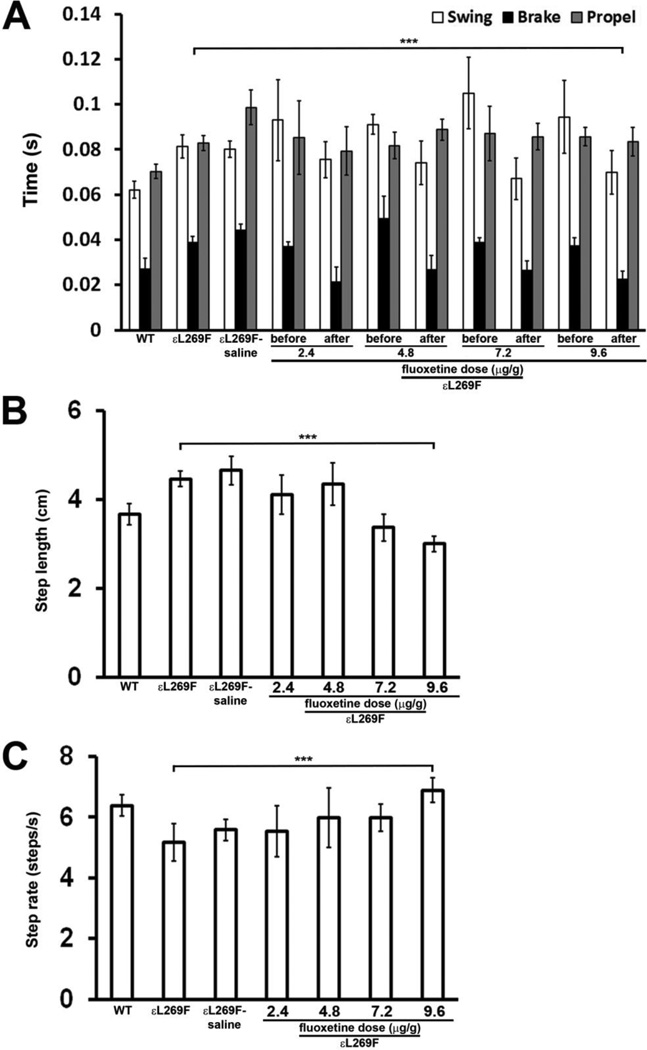Figure 3. Fluoxetine treatment improves motor function in mSCS (εL269F).
A. Right hindlimb motor time interval parameters measured in motorized treadmill (DIGIgait®) in WT and mSCS and mSCS treated fluoxetine. Functional parameters termed “swing”, “brake” and “propel” are time intervals for three components of normal leg movements recorded doing walking, as defined in methods are identical between left and right hindlimb in WT mice. All three parameters are symmetrically and significantly increased at right hindlimbs in pre-treated mSCS mice and control mSCS treated with saline (mSCS-saline) comparison to WT. After fluoxetine treatment, brake time from the identical pre-treated hindlimbs is significantly reduced in treated mSCS whereas no statistical difference is found in the time of propel and swing. n=7; ***p<0.001, Student’s t-test.
B. Mean hindlimb stride length in WT and mSCS and mSCS treated with fluoxetine. The average stride length for both limbs in mSCS (4.46±0.18) and mSCS control (4.65±0.31) is significantly longer than WT (3.67±0.24). Fluoxetine treatment reduces mean stride length to 3.0±0.17 in treated mSCS. n=7; ***p<0.001, Student’s t-test.
C. Mean step frequency in WT and mSCS and mSCS treated with fluoxetine. The average step frequency for both limbs in mSCS (5.18±0.62) and mSCS control (5.58±0.35) is significantly lower than WT (6.38±0.34). Fluoxetine treatment increases mean step frequency to 6.88±0.4 in treated mSCS. n=7; ***p<0.001, Student’s t-test.

